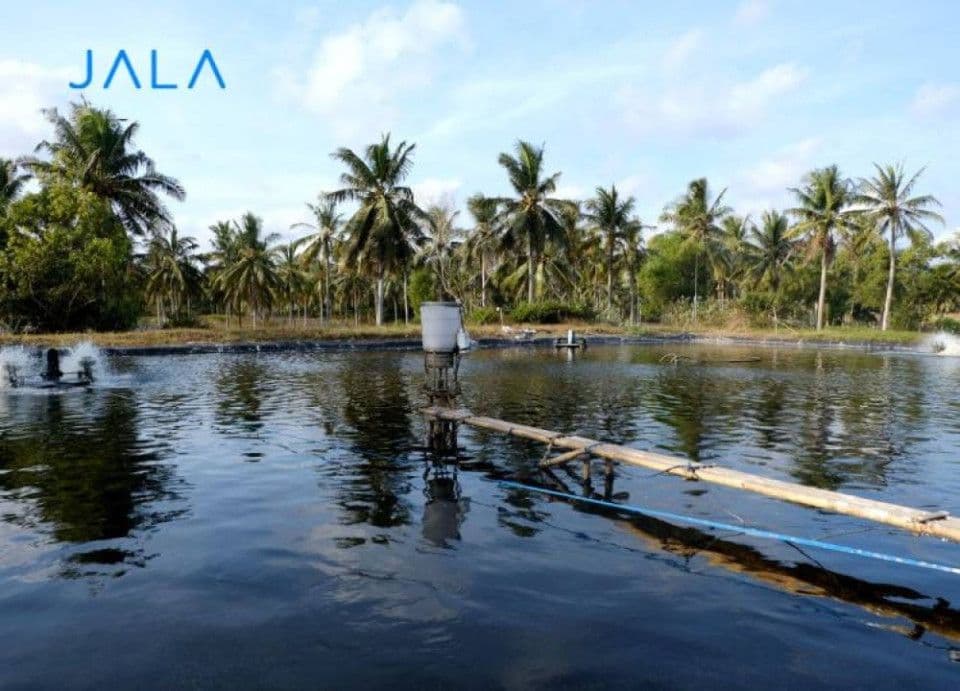
Maintaining the environment for sustainable shrimp farming
Shrimp farming is considered to have a promising potential for profit. However, the environmental impact of shrimp farming is deemed to be rather negative. Rapid and large-scale cultivation output is regarded to be the source of environmental degradation. Pond water changes can have an effect on the water ecosystem surrounding the pond, in this case the coastline.
Many problems will arise if the ecosystem surrounding the pond is not adequately managed. The environmental impact of shrimp pond waste is considered to be significant. The quality of the water ecosystem surrounding the pond may deteriorate.
Vannamei shrimp pond waste is dominated by residual water from the moment the shrimps are hatched until they are harvested, and it consists of shrimp feces and remaining feed. This farming waste contains microorganisms and pathogens that might pollute the pond's water. Vannamei shrimp pond waste, if left untreated, may endanger the environment in the long run. A polluted environment will also have an impact on shrimp health.
How to maintain the environment around shrimp ponds?
Maintaining the environment around the shrimp pond is one of the attempts to achieve sustainable shrimp farming. Shrimp farming should, in principle, consider the ecosystem in order to avoid polluting it. The environment, which should be properly maintained, should be taken into account when cultivating. There are certain measures that can be implemented in this regard.
Paying attention to the location of shrimp pond
When farmers decide to start a shrimp farm, they must consider where it will be developed. They should not let the farm exploit the mangrove area and disrupt the ecosystem. The degraded mangrove ecosystem will have a domino effect on the environment.
Installing Wastewater Treatment Plant
A Wastewater Treatment Plant, or WWTP, is a facility that processes pond waste before it is returned to the environment. This waste will be physically, biologically, and chemically processed. This treatment will reduce the potential of waste damage to the environment surrounding the pond.
Making a proper water reception and sedimentation pond
A water reception pond serves as a water receptor, transporting water to the hatchery pond. This pond can be used to adjust the salinity of the water. In the meantime, the sedimentation pond serves as a water receptor from the hatchery pond. It would be ideal to install dividers to filter substances from the hatchery pond before returning it to the receptor pond.
Those steps can be implemented to maintain the environment around the shrimp ponds. What about your pond? Is the environment around it maintained properly? Let’s develop a sustainable, productive, and traceable shrimp farming with solutions from JALA.





